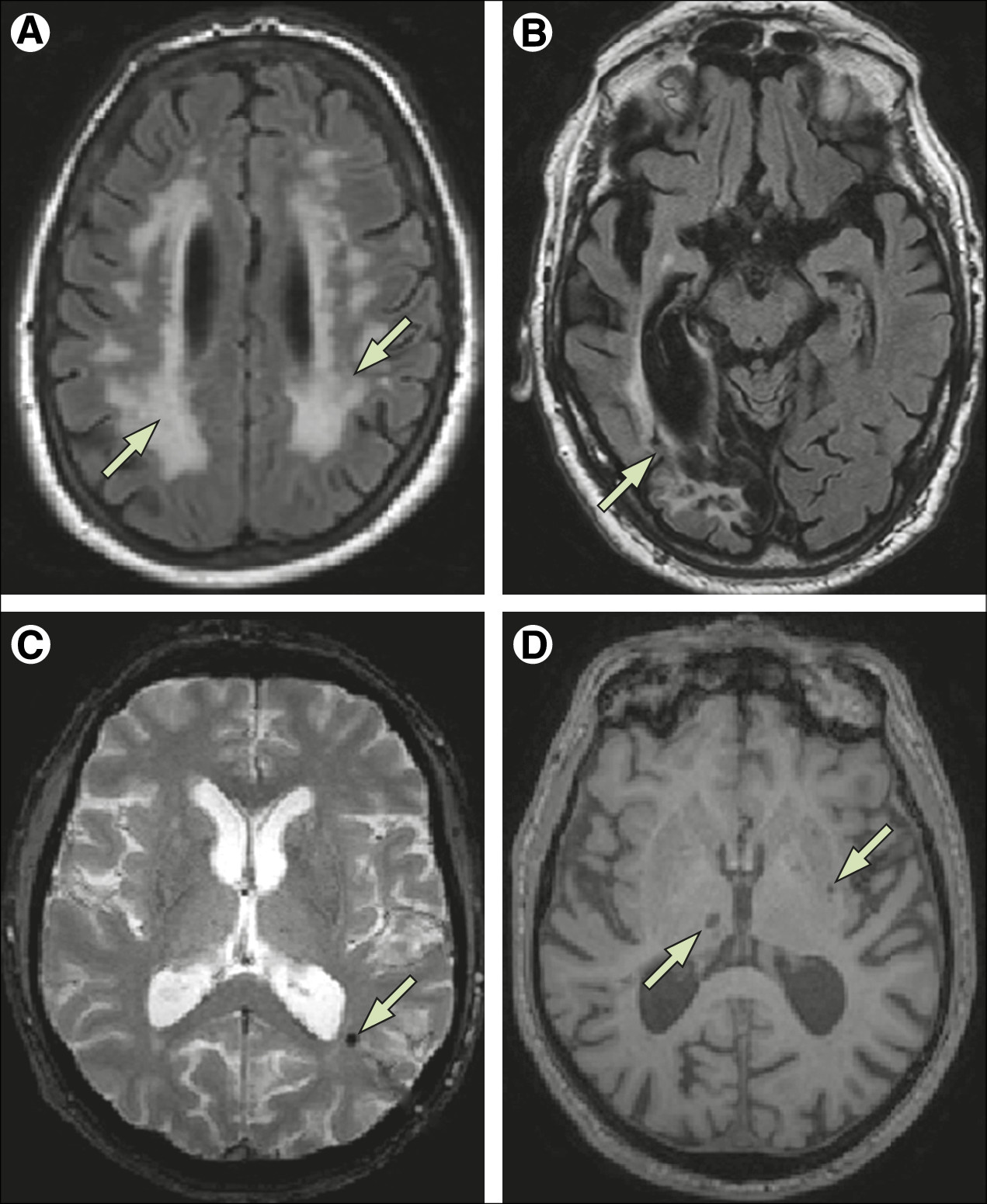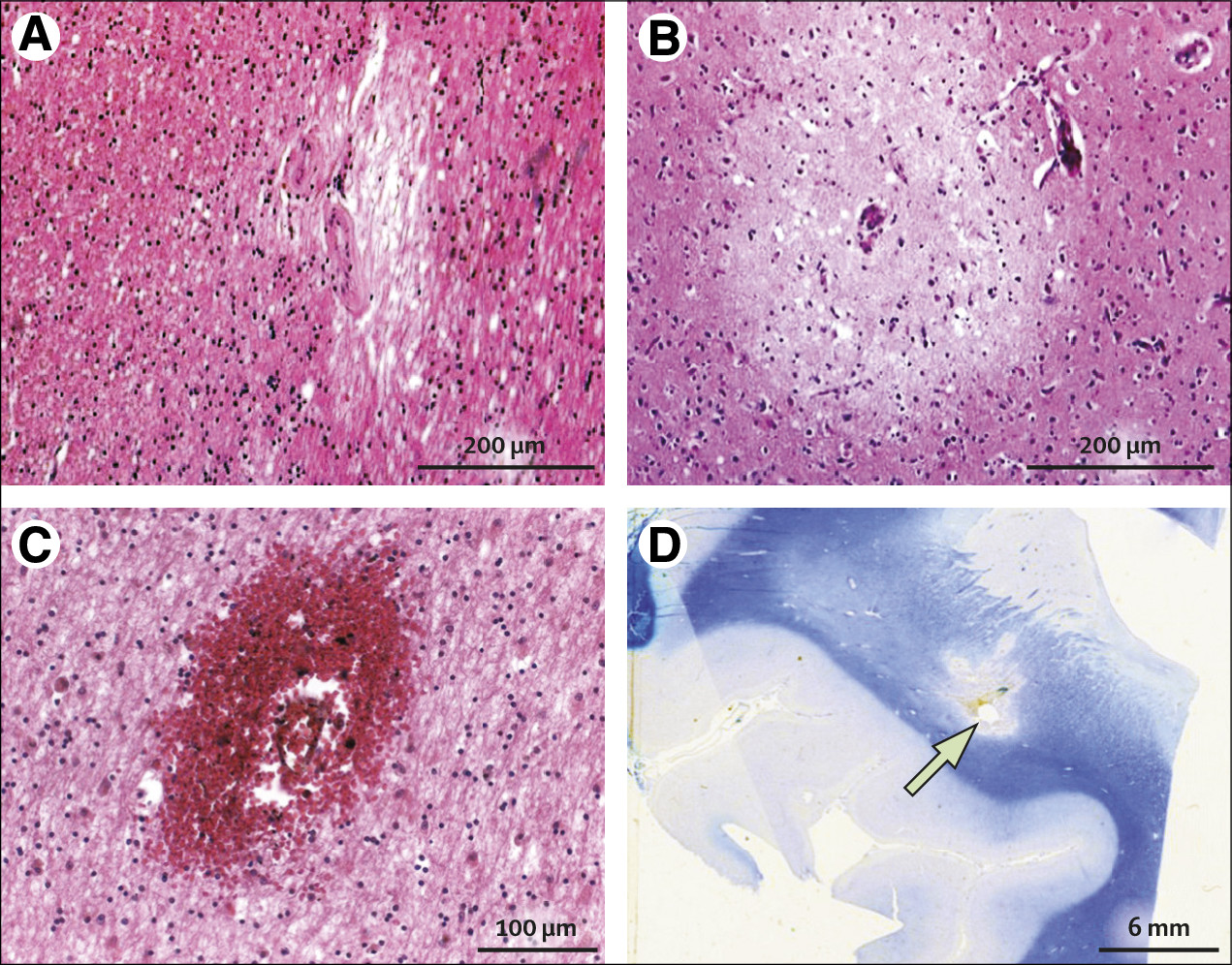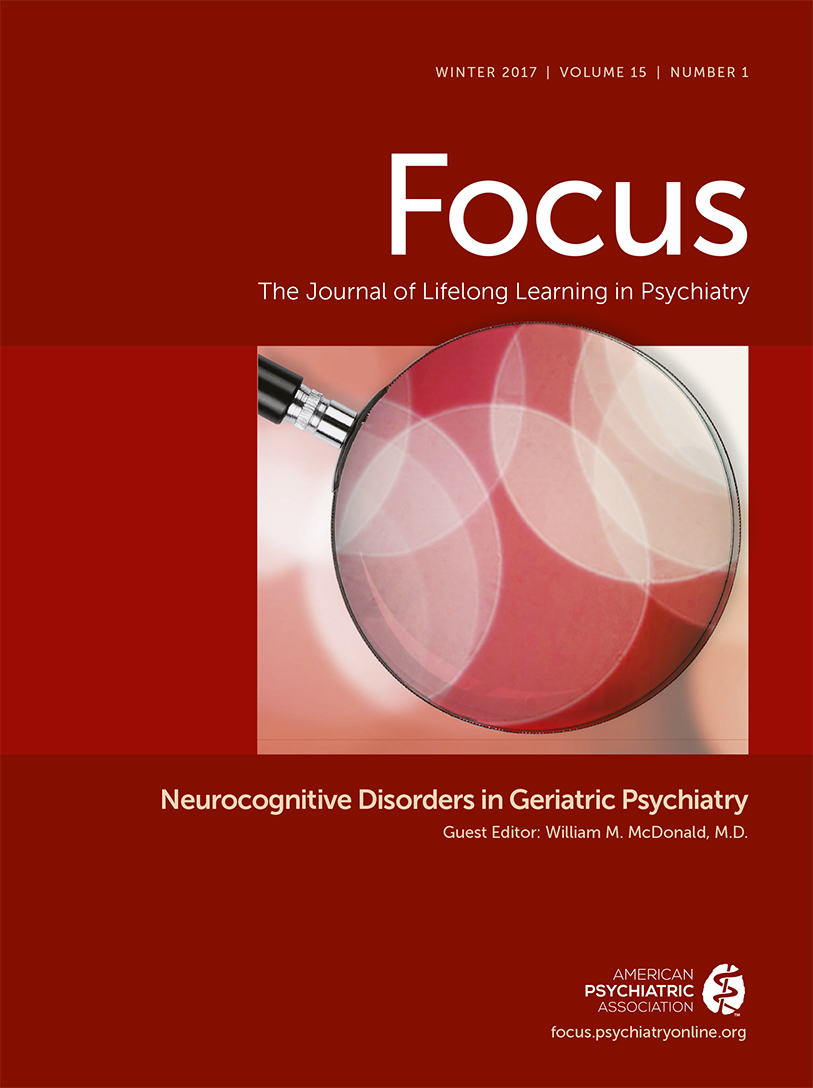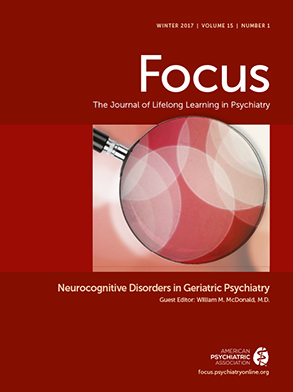Vascular Dementia
Abstract
Introduction
| Imaging and pathological changes | |
|---|---|
| Multi-infarct dementia (cortical vascular dementia) | Multiple cortical infarcts |
| Small vessel dementia (subcortical vascular dementia) | Lacunes, extensive white matter lesions; pathologically, infarcts, demyelination, and gliosis |
| Strategic infarct dementia | Infarct in strategic location (eg, thalamus) |
| Hypoperfusion dementia | Watershed infarcts, white matter lesions; pathologically, incomplete infarcts in white matter |
| Haemorrhagic dementia | Haemorrhagic changes, may be associated with amyloid angiopathy |
| Hereditary vascular dementia (CADASIL) | Multiple lacunes and white matter lesions, temporal lobe white matter affected |
| Alzheimer’s disease with cardiovascular disease | Combination of vascular changes and atrophy, especially medial temporal lobe; pathologically, mixture of vascular and degenerative (plaque and tangle) pathology |
Epidemiology and Risk Factors for Vascular Dementia
Clinical Features
Brain Imaging

Genetics
Neuropathological Features

Management of Vascular Dementia
| Significant benefit for cognition | Significant global benefits | Significant benefits for activities of daily living | Significant benefits for neuropsychiatric symptoms | |
|---|---|---|---|---|
| Galantamine (Gal-INT-06) (n=121 with NINDS-AIREN probable vascular dementia), Erkinjuntti et al59 | No (p=0⋅06) –1⋅8 points on ADAS-cog | No | No | No |
| Galantamine (Gal-INT-26) (n=788 with NINDS-AIREN probable vascular dementia), 26 weeks Auchus et al60 | Yes (p<0⋅001) –1⋅9 points on ADAS-cog | No | No | No |
| Donepezil (307) (n=603 with NINDS-AIREN probable or possible vascular dementia), 24 weeks Black et al61 | Yes (p<0⋅001) –2⋅24 points on ADAS-cog | No | Yes | NA |
| Donepezil (308) (n=616 with NINDS-AIREN probable or possible vascular dementia), Wilkinson et al62 | Yes (p<0⋅001) –2⋅09 points on ADAS-cog | Yes | No | NA |
| Donepezil (319) (n=974 with NINDS-AIREN probable or possible vascular dementia), 24 weeks Roman et al63 | Yes (p<0⋅001) –0⋅91 points on VADAS-cog | No | No | NA |
| Rivastigmine (VantageE) (n=710 with NINDS-AIREN probable vascular dementia), 24 weeks Ballard et al64 | Yes (p=0⋅028) –1⋅3 points on VADAS-cog | No | No | No |
Mild Cognitive Impairment Caused by Cerebrovascular Disease
Conclusions and Future Directions
References
Information & Authors
Information
Published In
History
Authors
Metrics & Citations
Metrics
Citations
Export Citations
If you have the appropriate software installed, you can download article citation data to the citation manager of your choice. Simply select your manager software from the list below and click Download.
For more information or tips please see 'Downloading to a citation manager' in the Help menu.
View Options
View options
PDF/EPUB
View PDF/EPUBGet Access
Login options
Already a subscriber? Access your subscription through your login credentials or your institution for full access to this article.
Personal login Institutional Login Open Athens loginNot a subscriber?
PsychiatryOnline subscription options offer access to the DSM-5-TR® library, books, journals, CME, and patient resources. This all-in-one virtual library provides psychiatrists and mental health professionals with key resources for diagnosis, treatment, research, and professional development.
Need more help? PsychiatryOnline Customer Service may be reached by emailing [email protected] or by calling 800-368-5777 (in the U.S.) or 703-907-7322 (outside the U.S.).

